Home>Furniture & Design>Interior Design Trends>Why Do Ice Cubes Float In A Glass Of Water?


Interior Design Trends
Why Do Ice Cubes Float In A Glass Of Water?
Modified: February 18, 2024
Discover the latest interior design trends and elevate your space with expert tips and inspiration. Stay ahead of the curve with our trend forecast.
(Many of the links in this article redirect to a specific reviewed product. Your purchase of these products through affiliate links helps to generate commission for Storables.com, at no extra cost. Learn more)
Introduction
Have you ever pondered the peculiar phenomenon of ice cubes floating in a glass of water? It's a fascinating sight that often prompts questions about the underlying science. This seemingly simple occurrence actually delves into the intricate relationship between temperature, density, and the unique properties of water. Understanding why ice cubes float can unravel a captivating tale of physics and chemistry, offering insights into the fundamental principles that govern our natural world.
As we embark on this exploration, we'll unravel the mystery behind this everyday occurrence, shedding light on the scientific intricacies that make it possible. From the role of density to the impact of temperature, we'll delve into the fascinating interplay of factors that contribute to this intriguing phenomenon. So, let's embark on this scientific journey and uncover the captivating reasons why ice cubes defy gravity and gracefully float in a glass of water.
Key Takeaways:
- Ice cubes float in water because when water freezes, it forms a unique structure with lower density than liquid water, allowing it to displace its weight and defy gravity.
- The temperature near freezing point causes water to expand when it freezes, contributing to the lower density of ice and its ability to float effortlessly.
Read more: What Is Float Glass
The Science Behind Ice Cubes Floating
The captivating sight of ice cubes floating in a glass of water is a testament to the remarkable properties of water and the intricate science behind this everyday occurrence. At first glance, it may seem counterintuitive that solid ice, which is denser than liquid water, exhibits buoyancy. However, this phenomenon can be attributed to the unique behavior of water as it undergoes a phase transition from liquid to solid.
When water freezes and transforms into ice, its molecular structure undergoes a fascinating transformation. Unlike most substances, which become denser in their solid state, water defies this norm. As it freezes, the water molecules arrange themselves into a crystalline lattice, creating a network of open spaces within the solid ice structure. This results in a decrease in the overall density of the ice compared to the liquid water, allowing it to float effortlessly.
The key to understanding this lies in the hydrogen bonds that form between water molecules. These bonds play a pivotal role in shaping the structure of ice, causing it to exhibit lower density than liquid water. The open arrangement of molecules in ice creates a lattice with a lower overall density, enabling it to displace a volume of water equivalent to its own weight, thus leading to its buoyancy.
Furthermore, the unique behavior of water near its freezing point contributes to the buoyancy of ice cubes. As water approaches the freezing temperature, it undergoes a phase transition that results in a decrease in density. This is a rare characteristic, as most substances become denser as they transition from liquid to solid. The expansion of water as it freezes further contributes to the lower density of ice, allowing it to float effortlessly on the surface of the liquid.
In essence, the science behind ice cubes floating in water is a testament to the exceptional properties of water and the intricate interplay of molecular forces. The formation of a crystalline lattice and the expansion of water upon freezing are pivotal factors that enable ice to exhibit buoyancy, defying conventional expectations and offering a captivating glimpse into the wonders of the natural world.
The Role of Density
The captivating sight of ice cubes floating in a glass of water is a testament to the remarkable properties of water and the intricate science behind this everyday occurrence. At first glance, it may seem counterintuitive that solid ice, which is denser than liquid water, exhibits buoyancy. However, this phenomenon can be attributed to the unique behavior of water as it undergoes a phase transition from liquid to solid.
When water freezes and transforms into ice, its molecular structure undergoes a fascinating transformation. Unlike most substances, which become denser in their solid state, water defies this norm. As it freezes, the water molecules arrange themselves into a crystalline lattice, creating a network of open spaces within the solid ice structure. This results in a decrease in the overall density of the ice compared to the liquid water, allowing it to float effortlessly.
The key to understanding this lies in the hydrogen bonds that form between water molecules. These bonds play a pivotal role in shaping the structure of ice, causing it to exhibit lower density than liquid water. The open arrangement of molecules in ice creates a lattice with a lower overall density, enabling it to displace a volume of water equivalent to its own weight, thus leading to its buoyancy.
Furthermore, the unique behavior of water near its freezing point contributes to the buoyancy of ice cubes. As water approaches the freezing temperature, it undergoes a phase transition that results in a decrease in density. This is a rare characteristic, as most substances become denser as they transition from liquid to solid. The expansion of water as it freezes further contributes to the lower density of ice, allowing it to float effortlessly on the surface of the liquid.
In essence, the science behind ice cubes floating in water is a testament to the exceptional properties of water and the intricate interplay of molecular forces. The formation of a crystalline lattice and the expansion of water upon freezing are pivotal factors that enable ice to exhibit buoyancy, defying conventional expectations and offering a captivating glimpse into the wonders of the natural world.
Ice cubes float in water because ice is less dense than liquid water. When water freezes, it forms a crystalline structure that takes up more space, making it less dense and causing it to float.
The Effect of Temperature
The behavior of water near its freezing point plays a crucial role in the buoyancy of ice cubes. As the temperature drops, water undergoes a remarkable transformation, defying the norm observed in most substances. Instead of becoming denser as it transitions from liquid to solid, water exhibits a rare characteristic – it becomes less dense as it approaches the freezing temperature. This unique behavior is a fundamental factor contributing to the ability of ice to float in liquid water.
The decrease in density as water nears its freezing point can be attributed to the formation of hydrogen bonds between water molecules. These intermolecular forces play a pivotal role in shaping the structure of ice, leading to a lattice arrangement with lower overall density compared to liquid water. As a result, when water freezes, the open arrangement of molecules in the crystalline lattice allows ice to displace a volume of water equivalent to its own weight, enabling it to float effortlessly.
Moreover, the expansion of water as it freezes further contributes to the lower density of ice. Unlike most substances that contract and become denser as they transition from liquid to solid, water expands upon freezing. This expansion is a consequence of the hydrogen bonds and the arrangement of water molecules in the solid state. The formation of an open lattice structure during freezing leads to an increase in volume, contributing to the buoyancy of ice cubes.
The impact of temperature on the buoyancy of ice cubes extends beyond the initial freezing process. As the surrounding water temperature changes, it can influence the behavior of the ice. When the temperature rises, the ice begins to melt, reintroducing the water into its liquid state. This process involves the breaking of hydrogen bonds within the ice lattice, resulting in a decrease in the overall volume of the ice. However, due to the unique properties of water, the density of ice remains lower than that of liquid water, allowing it to continue floating until it completely melts.
In essence, the effect of temperature on the buoyancy of ice cubes is a captivating demonstration of the exceptional properties of water and the intricate interplay of molecular forces. The decrease in density near the freezing temperature, coupled with the expansion of water upon freezing, showcases the remarkable behavior of this essential compound. This phenomenon not only offers a fascinating glimpse into the scientific principles governing our natural world but also serves as a testament to the captivating intricacies of water and its unique ability to defy conventional expectations.
Conclusion
The captivating sight of ice cubes gracefully floating in a glass of water unveils a mesmerizing tale of scientific intricacies and the exceptional properties of water. This everyday phenomenon, often overlooked, offers a profound insight into the fundamental principles that govern our natural world. As we conclude our exploration into the buoyancy of ice cubes, it becomes evident that the interplay of density and temperature lies at the heart of this captivating occurrence.
The role of density, particularly the unique behavior of water as it transitions from liquid to solid, plays a pivotal role in enabling ice to float. Unlike most substances, water defies conventional expectations by becoming less dense as it freezes, resulting in the formation of a crystalline lattice with lower overall density than liquid water. This exceptional characteristic allows ice to displace a volume of water equivalent to its own weight, defying the norm observed in most substances and showcasing the remarkable properties of water.
Furthermore, the effect of temperature on the buoyancy of ice cubes offers a captivating demonstration of the intricate interplay of molecular forces. As water nears its freezing point, the decrease in density, coupled with the expansion of water upon freezing, contributes to the ability of ice to float effortlessly. This unique behavior near the freezing temperature showcases the exceptional properties of water and the captivating intricacies that govern its phase transitions.
In essence, the phenomenon of ice cubes floating in water serves as a compelling testament to the captivating wonders of the natural world. It unravels a tale of molecular forces, phase transitions, and the exceptional properties of water, offering a captivating glimpse into the scientific principles that shape our everyday experiences. As we marvel at the sight of ice defying gravity and gracefully floating in a glass of water, we are reminded of the extraordinary nature of the world around us and the captivating stories that unfold within the seemingly mundane occurrences of daily life.
Frequently Asked Questions about Why Do Ice Cubes Float In A Glass Of Water?
Was this page helpful?
At Storables.com, we guarantee accurate and reliable information. Our content, validated by Expert Board Contributors, is crafted following stringent Editorial Policies. We're committed to providing you with well-researched, expert-backed insights for all your informational needs.
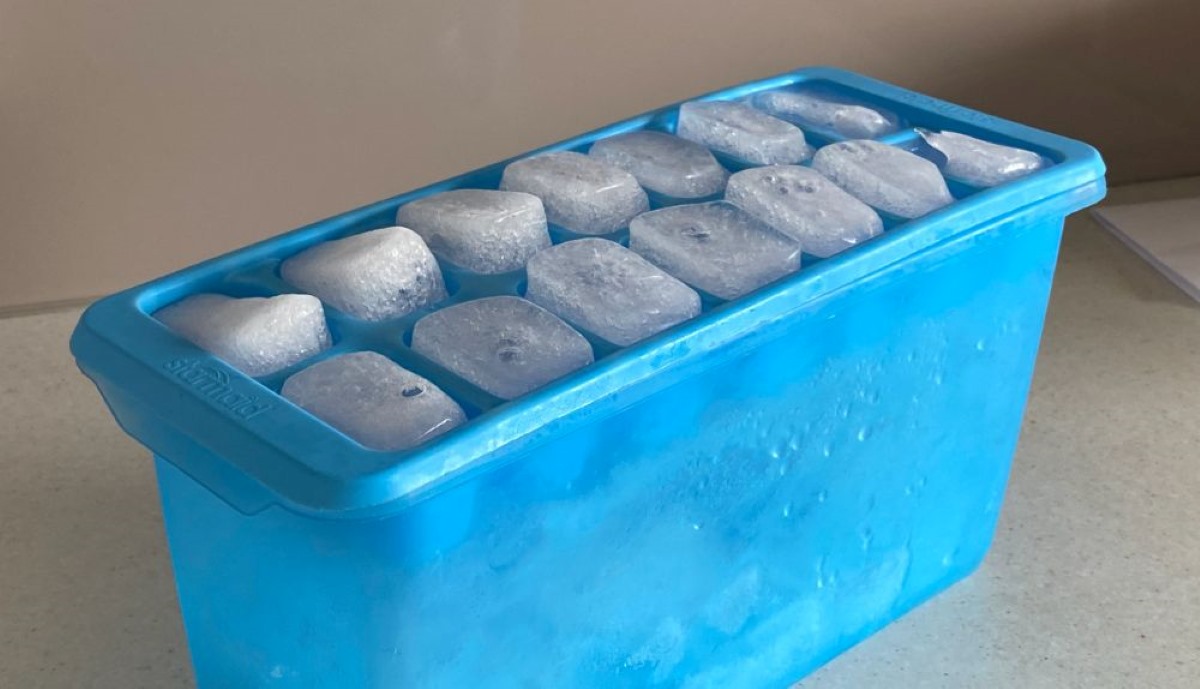
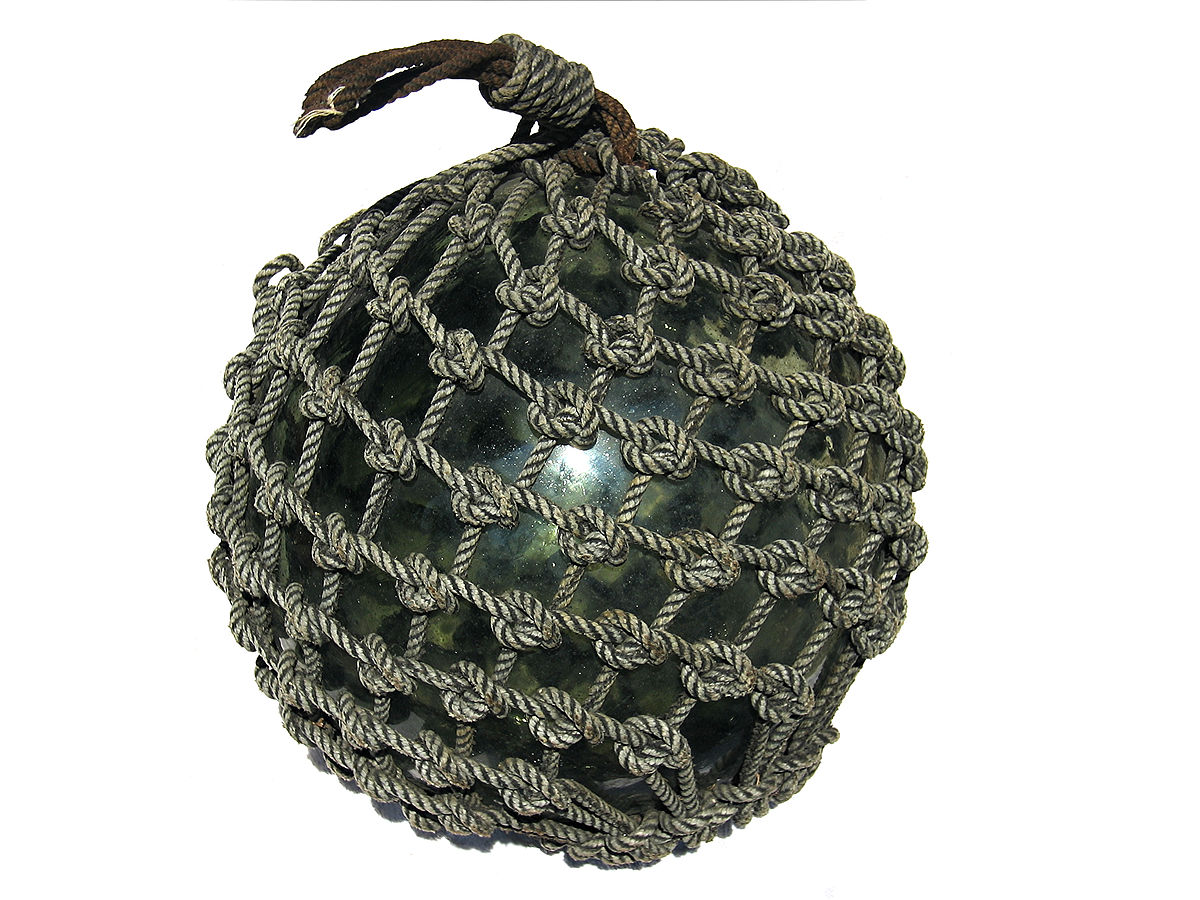
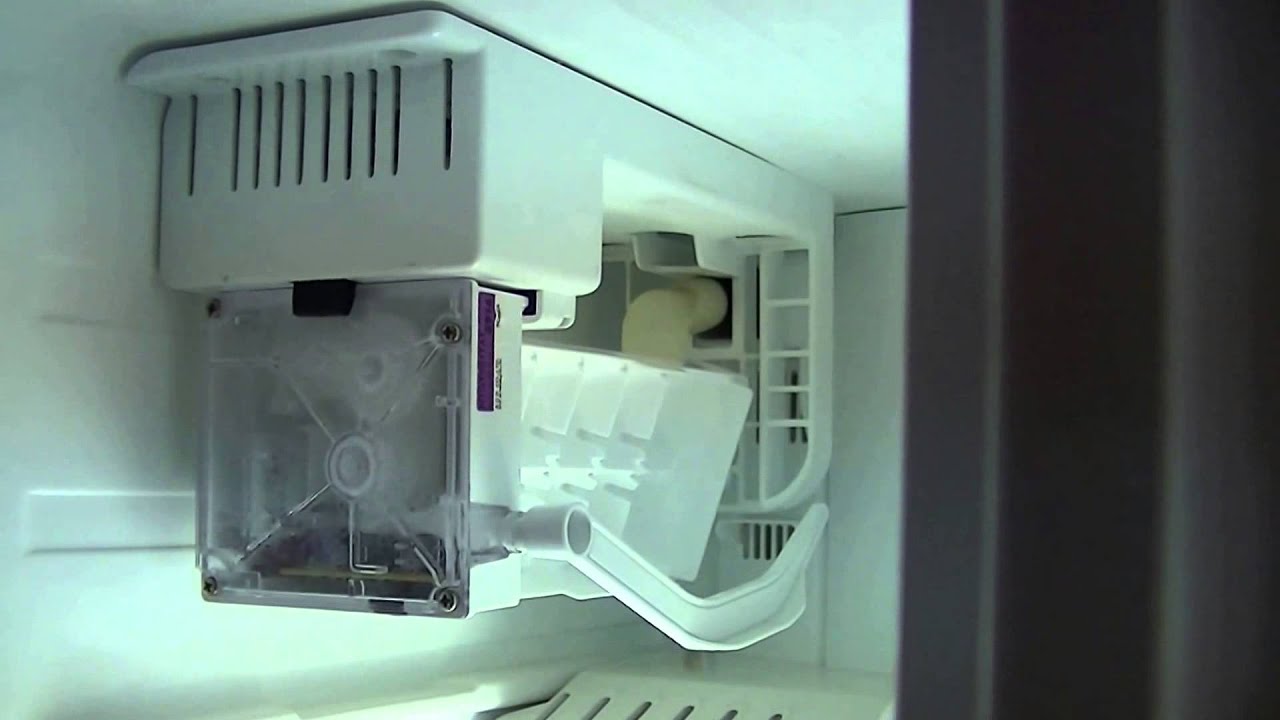
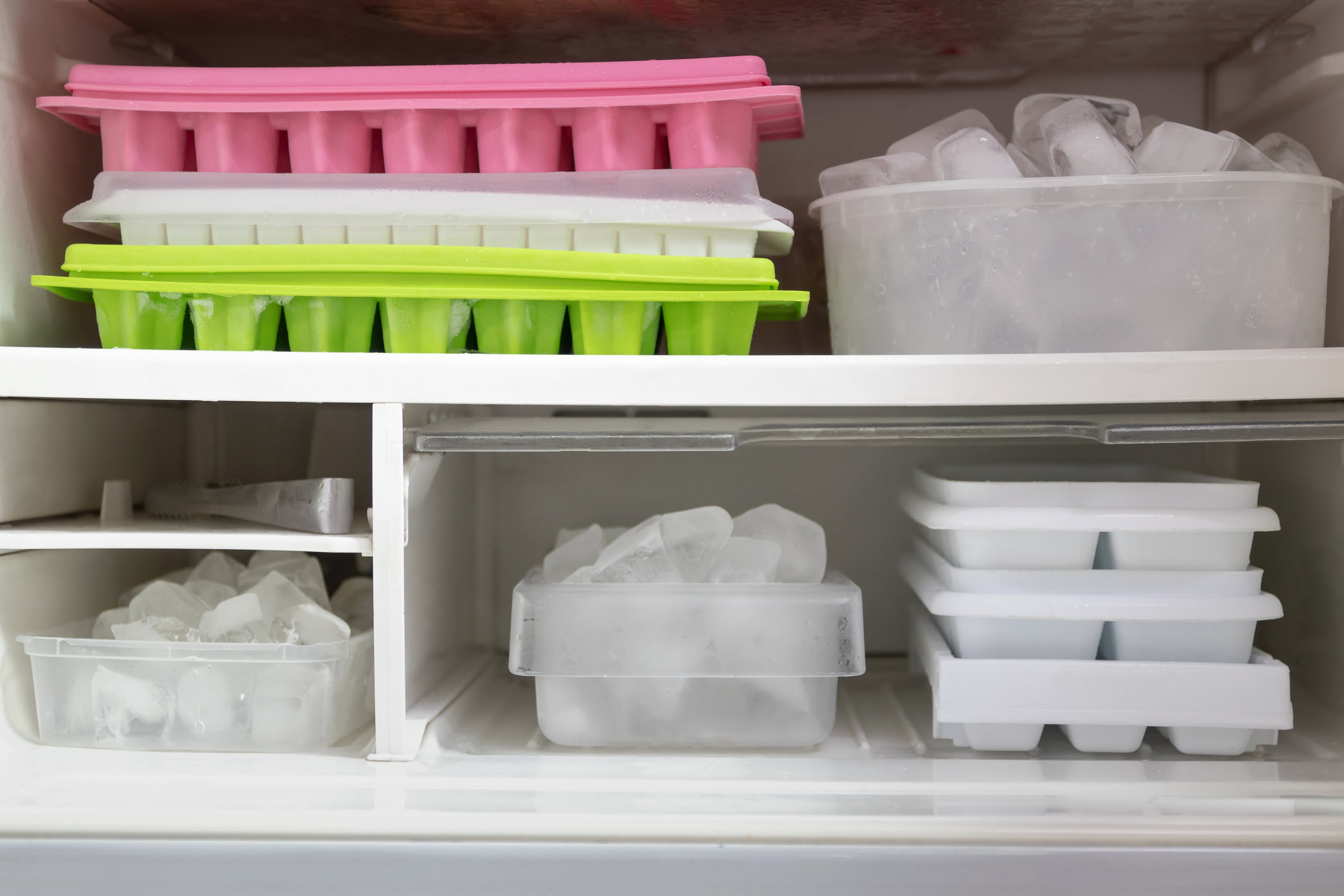

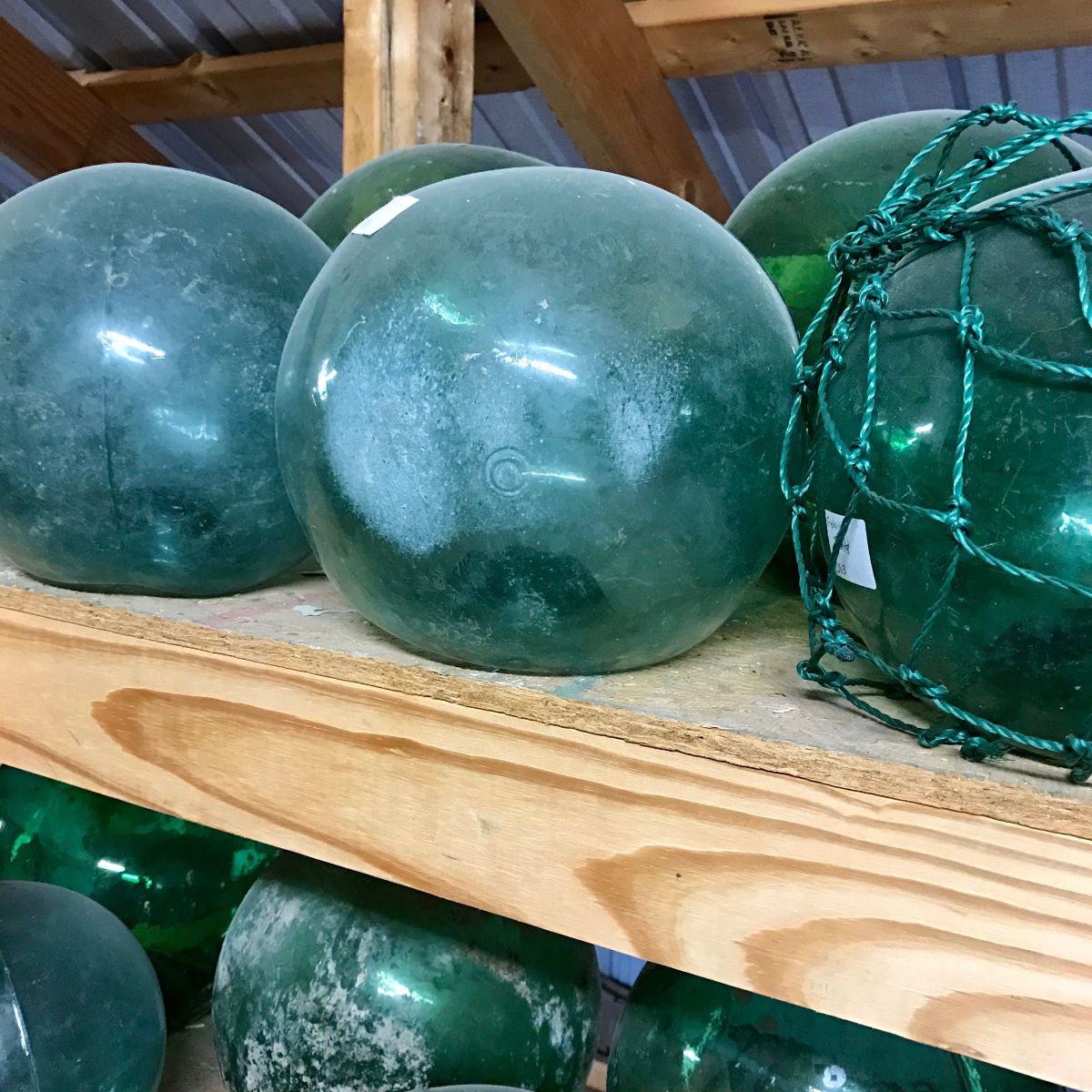



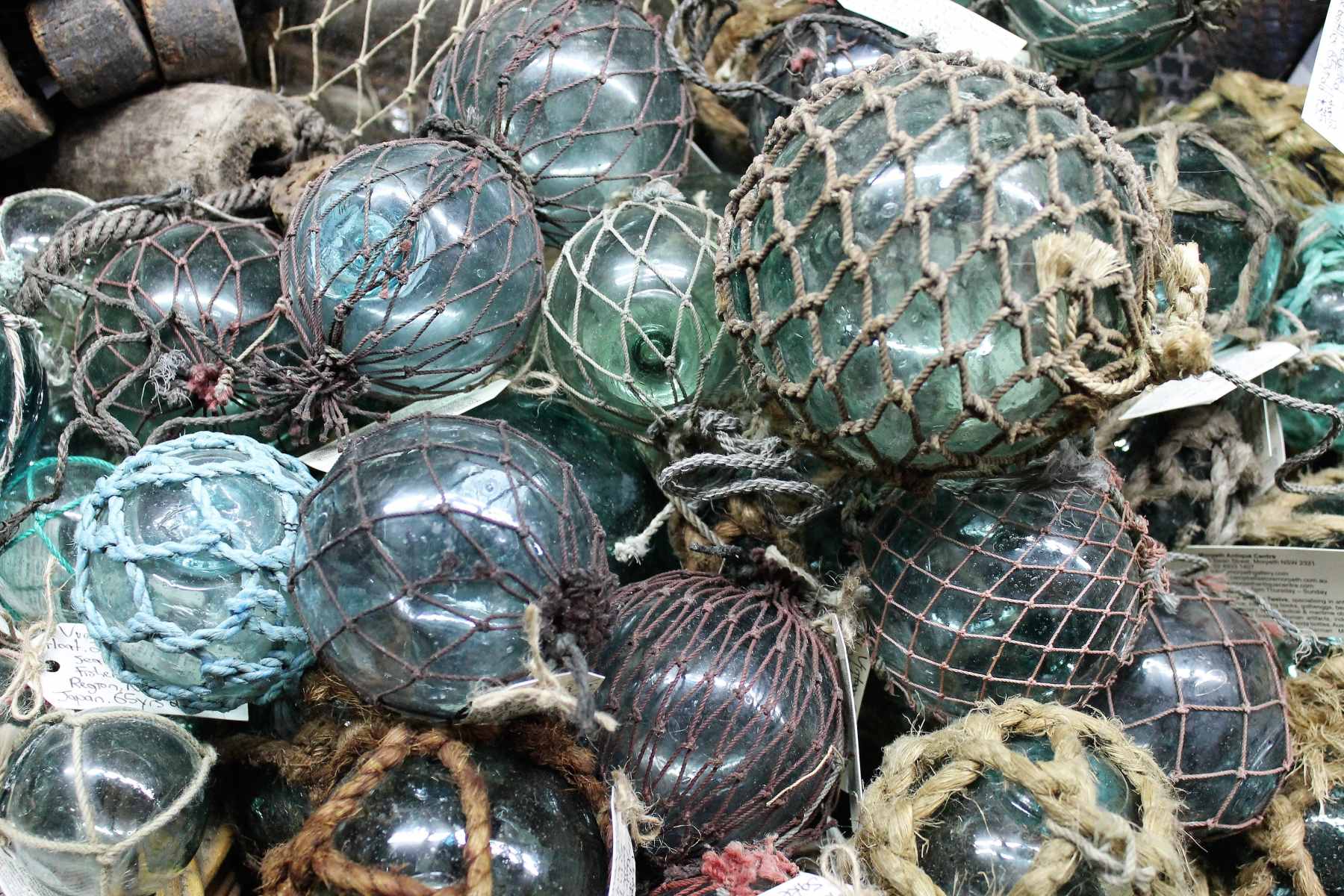
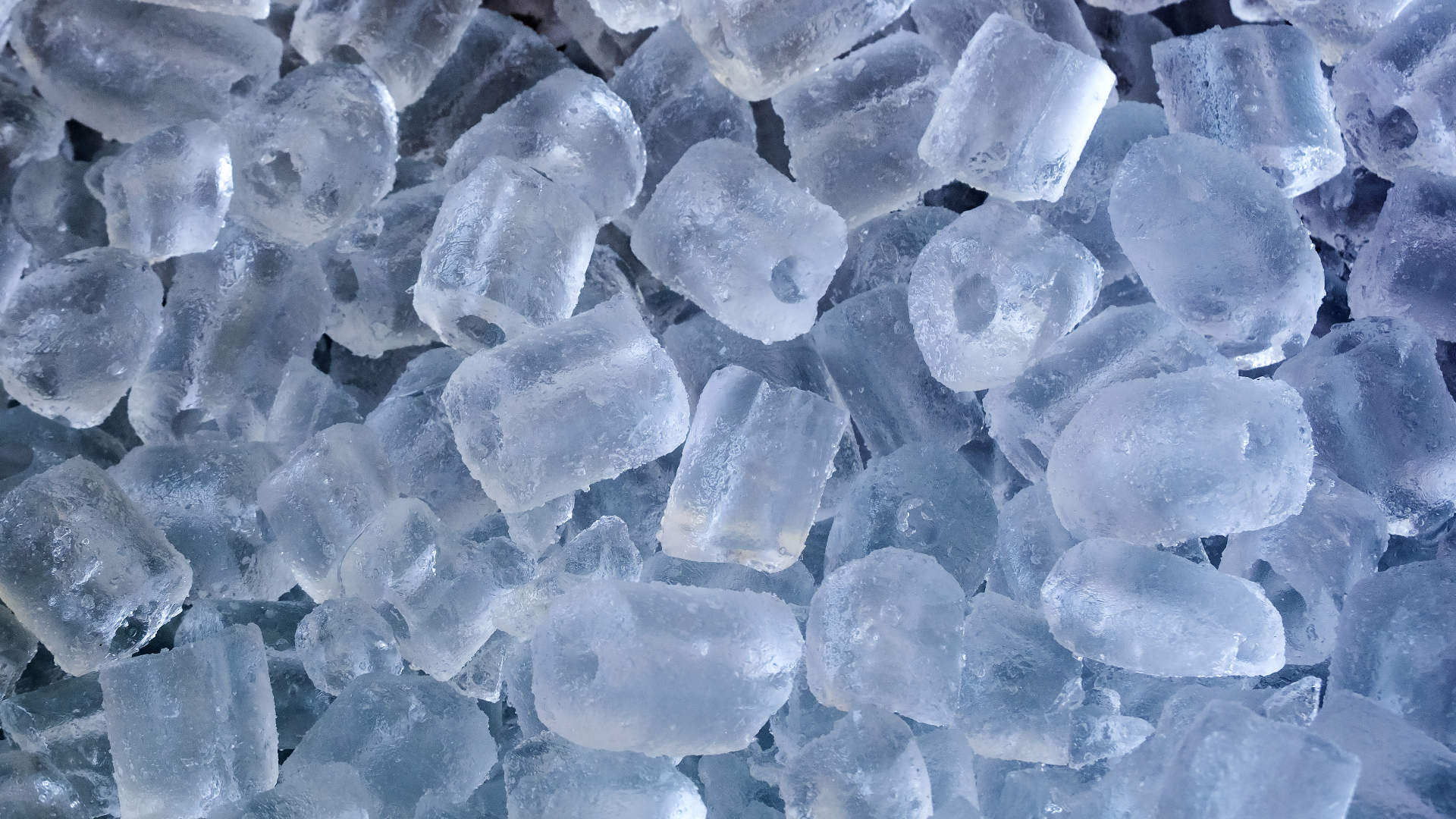

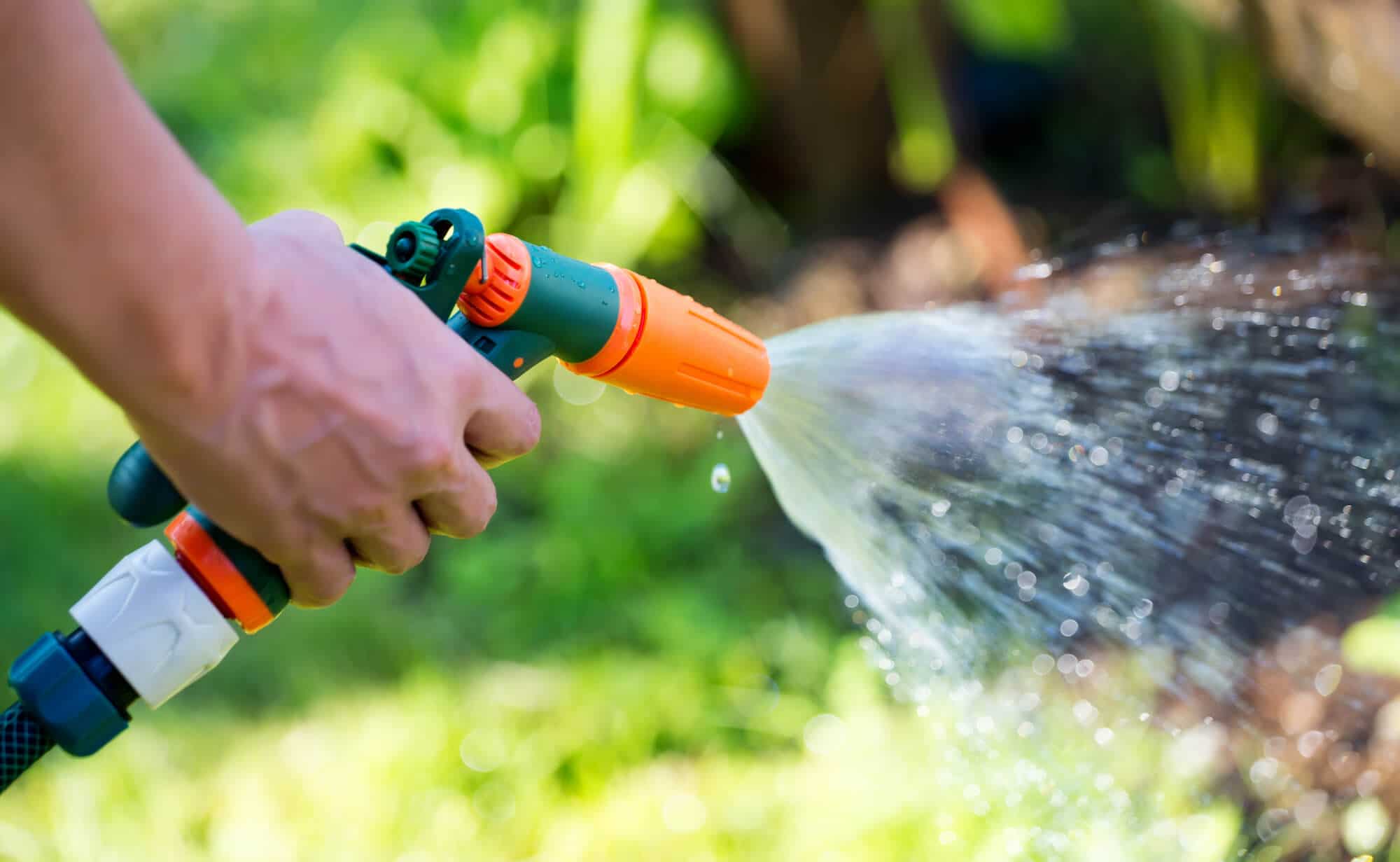
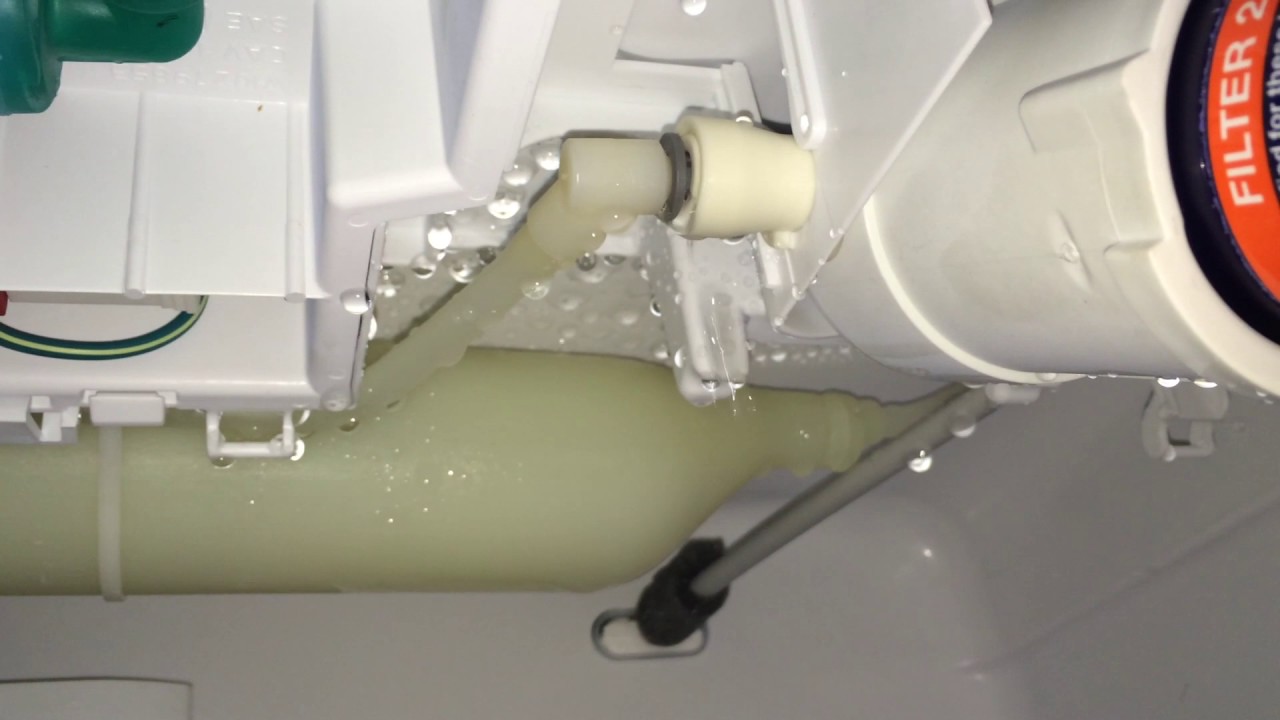


0 thoughts on “Why Do Ice Cubes Float In A Glass Of Water?”